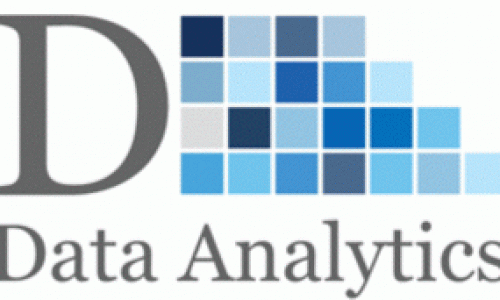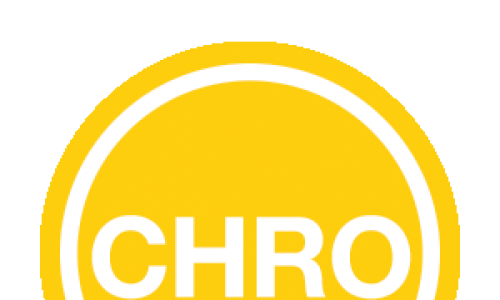Strategic HR decisions are best taken backed up by data analytics, which have more chances of success than decisions taken based on a hunch. To be able to work with data and related technology is a skill that HR professionals need to have going forward and only those with such skills will be relevant as internal advisors.
Workforce analytics give a cutting edge information that not only makes the workforce intelligence better but the entire process of HR decision making becomes more professional and foolproof, thereby taking the business closer to achieve the set goals.
Historically many an embarrassment faced by HR professionals was due to lack of data or incorrect data, which made justifying expenses with regards to budgets, very difficult.
According to Deloitte’s Global Human Capital Trends 2016, “As technology makes data-driven HR decision-making a possibility, 77 percent of executives now rate people analytics as a key priority, up slightly from last year. In response, companies are building people analytics teams, rapidly replacing legacy systems, and combining separate analytics groups within HR into one strategic function. In 2016, 51 percent of companies are now correlating business impact to HR programs, up from 38 percent in 2015. Forty-four percent are now using workforce data to predict business performance, up from 29 percent last year.”
Data analytics yields insights that is difficult to be arrived at otherwise. Clear insights result in better decisions, even as much as predicting the future. Predictive data analytics clearly indicates “What can happen in future basis what happens today” or even “what we can do differently to change the course for a better result based on what’s happening today?”
Corporations in which HR professionals do not use data operate in a blind alley. Simply because you cannot manage what you do not know. the results of such blind operation can greatly undermine the future success. Critical statistics like “What percentage of our workforce will be retiring in the next five years?” can be gleaned from the numbers like “How many employees do we have and at which age groups?”
Meghan M Biro in his article for Visier says,” It’s about knowing and applying an in-depth understanding of organizational dynamics, based on data.”
He further lists out areas in which this analytics can help.
1. Turnover. This is about predicting the risk for the most turnover — in which functions, which units, which locations, and what positions, and modeling the scenarios in advance to reduce the losses.
2. Churn/Retention. Identify where the highest risk of churn is going to be, and who is at risk for it. Determine what resources should be turned to them in terms of retention activities and/or training.
3. Risk. Build realistic profiles of which candidates are at risk for leaving prematurely and when. Create models of which candidates are likely to experience a drop in their performance.
4. Talent. Forecast who, among new hires, are going to be the high achievers and high performers, and decide if they should be shifted into fast-track programs.
5. Future-casting. Model the various changes that an organization may experience, from global to political, and what the impact of talent hiring, retention and engagement could be.”
To overcome these obstacle, one needs to make a start by having the right people analytics partner and workforce intelligence solution in place that will help overcome obstacles, help get to that single source of HR data truth, drive business outcomes by improved workforce planning.
It can safely be concluded that Data Analytics of workforce intelligence is not just about making HR better; it’s about making the business better.



